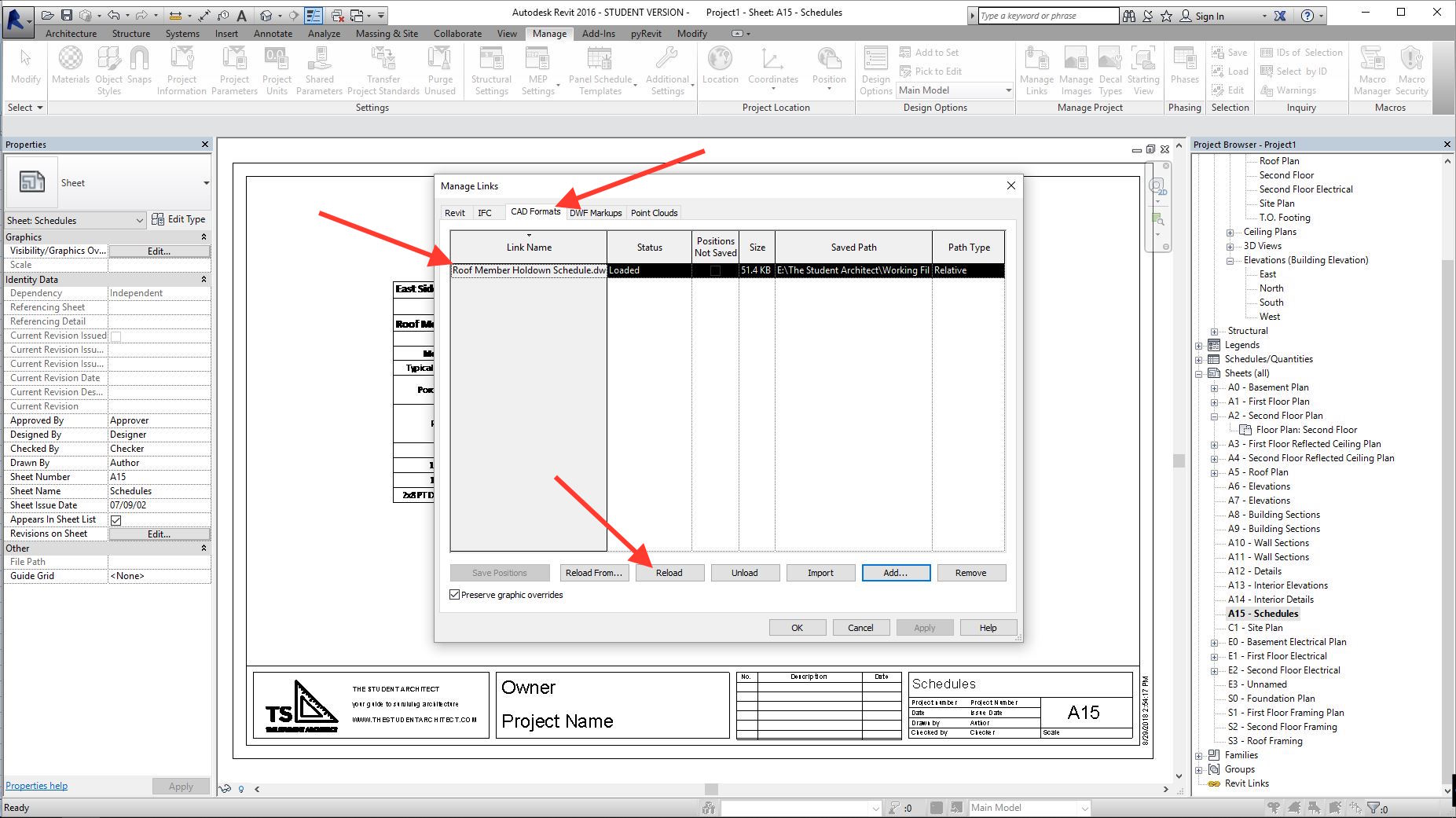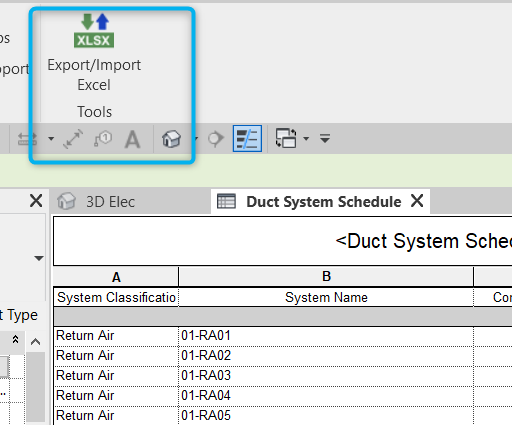Revit Add Ins: Increasing Your Style Capabilities
Wiki Article
Revit Accelerator: Excel Combination Strategies for Enhancing Efficiency and Partnership
Are you wanting to enhance your performance and collaboration while making use of Revit? Look no further! In this short article, we will certainly explore the benefits of integrating Excel right into your Revit workflows. Discover how you can improve your processes, take full advantage of cooperation, and even discover innovative strategies for raising productivity. And also, we will share ideal techniques for perfectly integrating Excel into your Revit jobs. Obtain prepared to supercharge your Revit experience with our Revit Accelerator: Excel Integration Techniques!Benefits of Excel Assimilation in Revit
The advantages of Excel integration in Revit are various and can substantially boost efficiency and collaboration. By seamlessly linking these 2 effective tools, you can improve your workflow and conserve useful time. With Excel assimilation, you can easily import and export data between Revit and Excel, permitting you to leverage the staminas of both programs.
Another advantage of Excel integration is the capability to produce vibrant routines and reports. By connecting your Revit version to an Excel spread sheet, any kind of modifications made in Revit will immediately update in the corresponding Excel documents. This makes it simple to generate up-to-date timetables, quantity departures, and other job paperwork.
Excel integration in Revit also makes it possible for much better partnership amongst employee. With the ability to import and export data, you can easily share info with associates that may not have accessibility to Revit. This advertises reliable interaction and enables far better control and decision-making.
Streamlining Workflows With Revit and Excel
Streamlining process with Revit and Excel can substantially improve effectiveness and partnership. By incorporating these two powerful devices, you can optimize your design process and boost interaction within your group. With Revit, you can develop 3D models and generate in-depth building and engineering documents. However, when it pertains to information monitoring and evaluation, Excel is the go-to software. By integrating the capabilities of Revit and Excel, you can seamlessly transfer data in between both applications, removing the demand for manual information access and decreasing the risk of mistakes.
Using Revit and Excel together enables you to utilize the strengths of each program - revit add ins. You can export information from Revit right into Excel, where you can carry out complex calculations, create charts and charts, and evaluate the information in an extra organized and efficient way. On the other hand, you can import data from Excel right into Revit, allowing you to quickly upgrade your designs and paperwork based on changes made in Excel
The integration of Revit and Excel also promotes cooperation amongst staff member. By sharing Excel files, you can quickly collaborate and communicate on style and construction-related information. This improves control and guarantees that every person is dealing with one of the most current details.
Making The Most Of Partnership With Excel and Revit
To take full advantage of cooperation with Excel and Revit, you can seamlessly Full Article upgrade and share design and construction-related information with your team. By integrating Excel with Revit, you can remove the need for manual data access and lower the threat of mistakes. With simply a few clicks, you can import Excel spreadsheets right into your Revit design, allowing you to quickly accessibility and adjust the information. This combination allows you to team up a lot more successfully with your team, as everybody can work with the same data in real-time.Among the key benefits of using Master conjunction with Revit is the ability to update data in both programs at the same time. Any kind of modifications made in Excel will instantly be reflected in Revit, and the other way around. This ensures that everyone is dealing with one of the most current details, staying clear of confusion and saving important time.
Furthermore, Excel offers effective tools for examining and arranging data, which can substantially improve your collaboration efforts. You can develop customized reports and graphes in Excel, assisting you to envision and connect important task details successfully. This can be particularly useful when offering information to stakeholders or making notified decisions based on task metrics.
Advanced Techniques for Boosting Productivity in Revit Making Use Of Excel
By utilizing innovative techniques in Revit, you can dramatically boost your efficiency by leveraging the power of Excel. With Revit's Excel assimilation function, you can connect Excel spreadsheets straight to your Revit design, permitting you to quickly manage and upgrade data.
In addition, you can use Excel macros to automate recurring jobs in Revit (revit tools). Macros allow you to tape-record a go to this web-site series of activities and play them find this back with a solitary click, saving you effort and time. You can create a macro to automatically generate room schedules or update criterion worths in bulk.
Ideal Practices for Excel Integration in Revit
Using Excel as a data monitoring device in Revit enables effective administration and upgrading of information. By integrating Excel right into your Revit workflow, you can enhance your processes and boost productivity. Among the ideal methods for Excel integration in Revit is to develop a clear and organized information framework. This implies designing your Excel spread sheets with columns and rows that align with the specifications and classifications in your Revit job. By doing so, you can conveniently import and export data in between Revit and Excel without any kind of complication. Another ideal technique is to use solutions and features in Excel to automate estimations and data control. This can save you time and make certain accuracy in your information administration. Furthermore, it is essential to frequently update your Excel spread sheets and sync them with your Revit task. In this manner, any type of changes made in Revit will be reflected in your Excel documents, and the other way around. By adhering to these ideal methods, you can properly make use of Excel as an information monitoring device in Revit and improve your efficiency and cooperation.Conclusion
In final thought, incorporating Excel with Revit can greatly enhance productivity and cooperation in the style process. By leveraging the power of Excel, Revit customers can attain higher levels of efficiency and partnership in their jobs.With Excel assimilation, you can quickly import and export information in between Revit and Excel, permitting you to take advantage of the staminas of both programs.
One of the key benefits of Excel integration is the ability to utilize Excel solutions and functions within Revit. By linking your Revit design to an Excel spreadsheet, any type of adjustments made in Revit will instantly update in the corresponding Excel documents. On the various other hand, you can import information from Excel into Revit, allowing you to quickly update your designs and documentation based on changes made in Excel.
With Revit's Excel combination feature, you can connect Excel spreadsheets directly to your Revit model, allowing you to quickly manage and upgrade data.
Report this wiki page